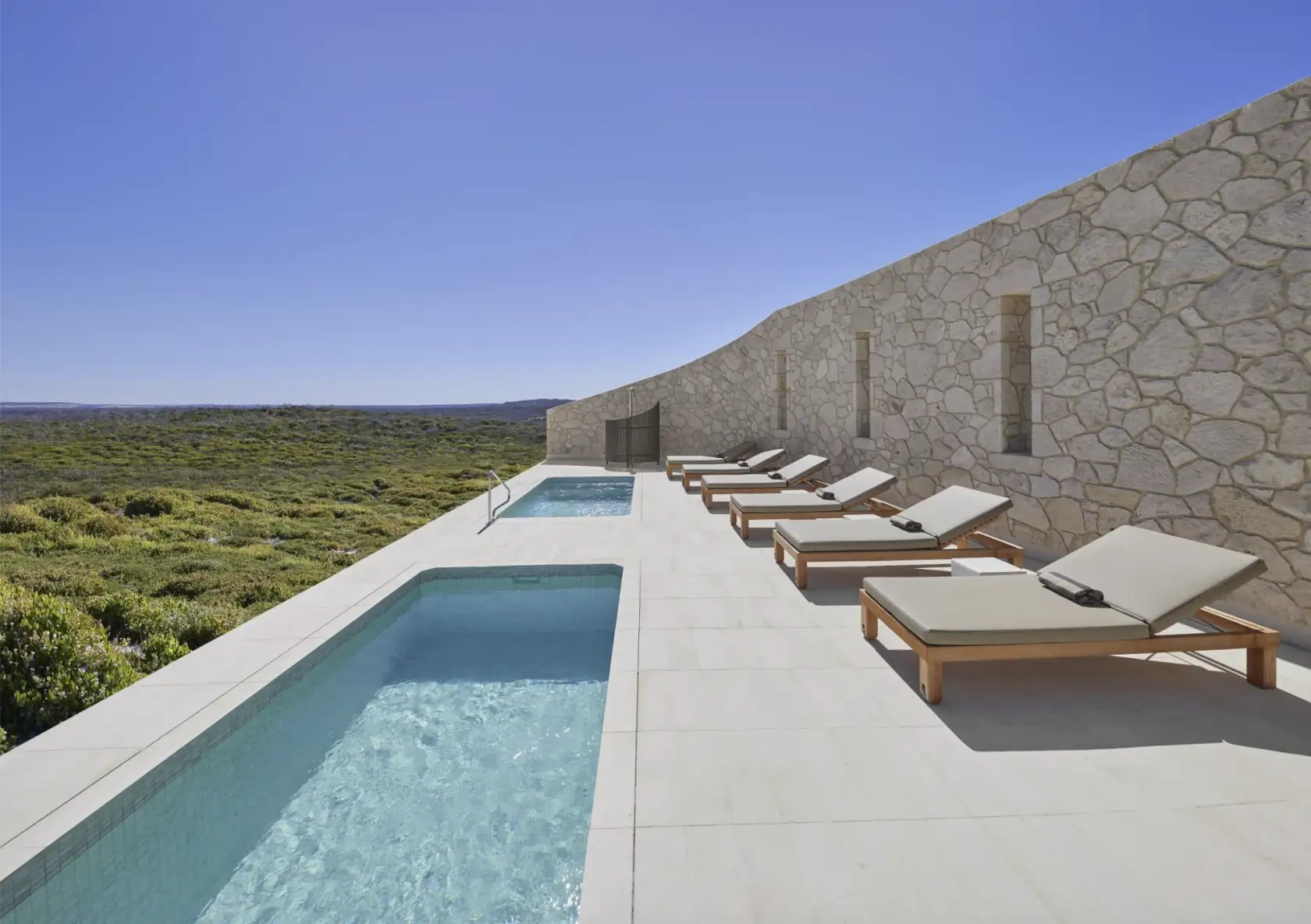

What Are The Property Requirements For A Concrete Pool?
Installing a swimming pool is an excellent way to add value to your property. A concrete pool will last for many years with proper maintenance, and it can increase the resale value of your home by thousands of dollars. The initial cost of a concrete pool may be higher than that of a fiberglass above-ground pool, but the long-term benefits more than make up for the difference. In addition, concrete pools are extremely versatile in terms of design, and they can be customized to match the style of any home. Whether you're looking for a classic rectangular pool or something more elaborate, a concrete pool is sure to add value to your home. Read on to discover some of the structural engineering and permit requirements for concrete pool installations in Australia.
Structural Engineering For Concrete Pools
Most concrete swimming pools are constructed by spraying mortar from a pneumatic pumping system - a product known as ‘shotcrete’. Before this is done, a number of considerations have to be made to make sure that the soil in which the concrete pool is being built can handle the swimming pool’s load and tolerate any worst-case situations that engineers devise.
This means assessing the quality of the soil, as well as the height of the water table at the property on which the pool is being constructed. A high water table runs the risk of flotation, or uplift, and the shell of the pool needs to be designed to address this. Additional factors such as the weight of construction materials and equipment need to be folded into these pre-construction assessments. The presence of slopes, public services (water, gas, sewerage, etc.), and nearby structures must also be taken into account. A concrete pool built in Perth might require a seismic assessment, to ensure it is not at increased risk of earthquake damage, while a concrete pool built in Melbourne, Sydney, or Adelaide might require piles to be bored into the soft clay soils that prevail there.
At a minimum, the site plan developed by a structural engineer should contain the following:
Pool location
Classification of soil (including the soil's ability to bear the weight of the proposed design)
Dimensions of the pool including sections, seating, entries (ladders/stairs), etc.
Internal lining requirements
Concrete’s compressive cylinder strength after 28 days
How the concrete will be cured
Reinforcement details
Explanation of process used to avoid flotation
Building Permits For Concrete Pools
Permit application processes for concrete pools in Australia vary from state to state. In general, building authorities are looking to address considerations such as safety, structural integrity, re-circulation of water, energy and water efficiency, and zoning and land use concerns.
While the specific requirements may differ in your state, you can generally be sure that you are off to a good start if you obtain the following documents:
Architectural designs for your concrete pool.
A comprehensive site plan, complete with position, shape, and size of the block, street names and locations, and any existing structures (including trees, septic tanks, and drains).
Structural engineering drawings for your concrete pool - ensure these are signed and certified.
A design compliance certificate from a building surveyor registered with the relevant authorities.
Construction Requirements For Concrete Pools
Once you have a building permit under your belt and all the other state-specific boxes for your concrete pool checked, construction can begin. Before this, we strongly recommend you avail yourself of the Dial Before You Dig service. Your builder will likely do this as well, but as they say, measure twice and cut once.
Your building site must be prepared by having rubbish, tree stumps, organic material, and rocks/clay removed from the area where the concrete pool’s foundation will be constructed. You will also be required to ensure that trees and shrubs are not planted in the area that your concrete pool will be built. As a rule of thumb, keep any trees and shrubs at least as far from the pool’s boundary as the plants are likely to grow high. If a tree’s mature height is 2 metres, for example, keep it planted at least 2 metres away from the pool. This will prevent the roots from shifting the soil to the point that it will impact the construction of the pool.
Further Concrete Pool Information
This is only a brief overview of the full requirements for building a concrete pool. For more information, contact your local pool builder today.
Looking for a reputable builder? Find a member of the Swimming Pool and Spa Association of Australia and New Zealand. Check out our ‘Find a provider’ tab.
